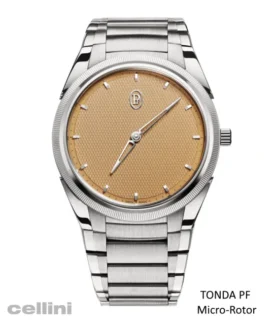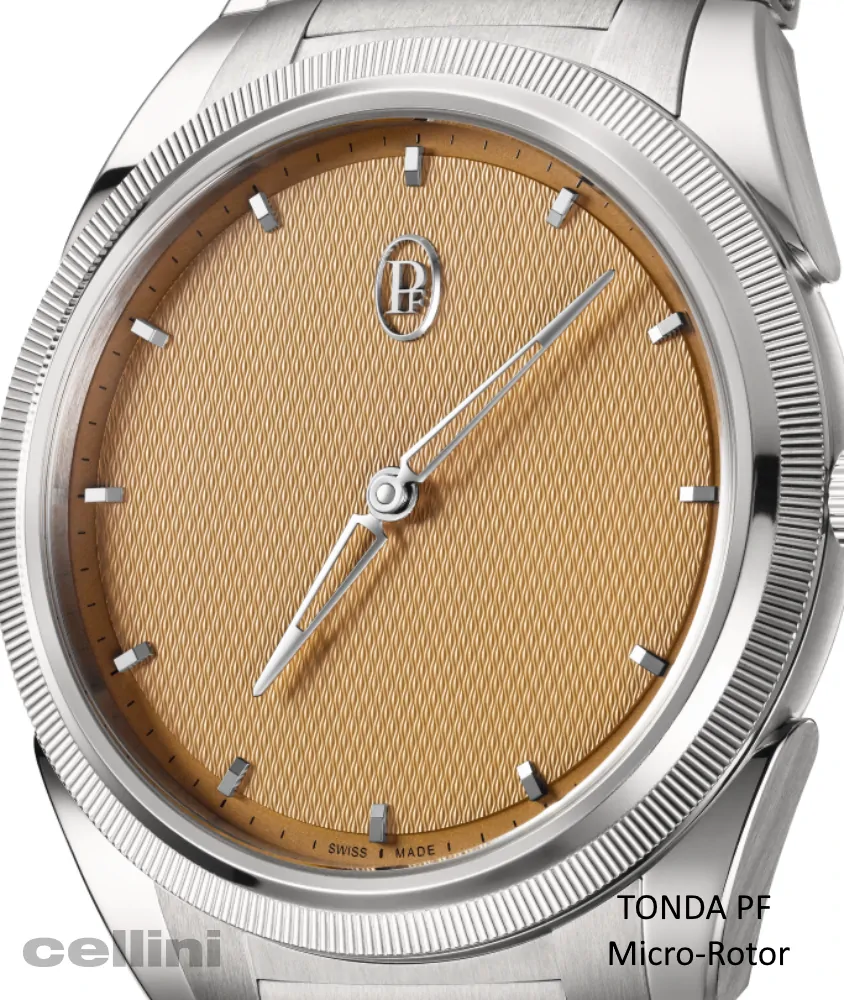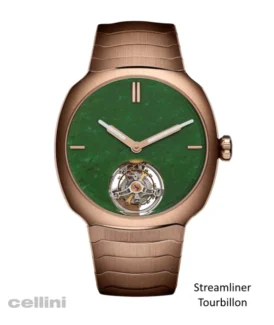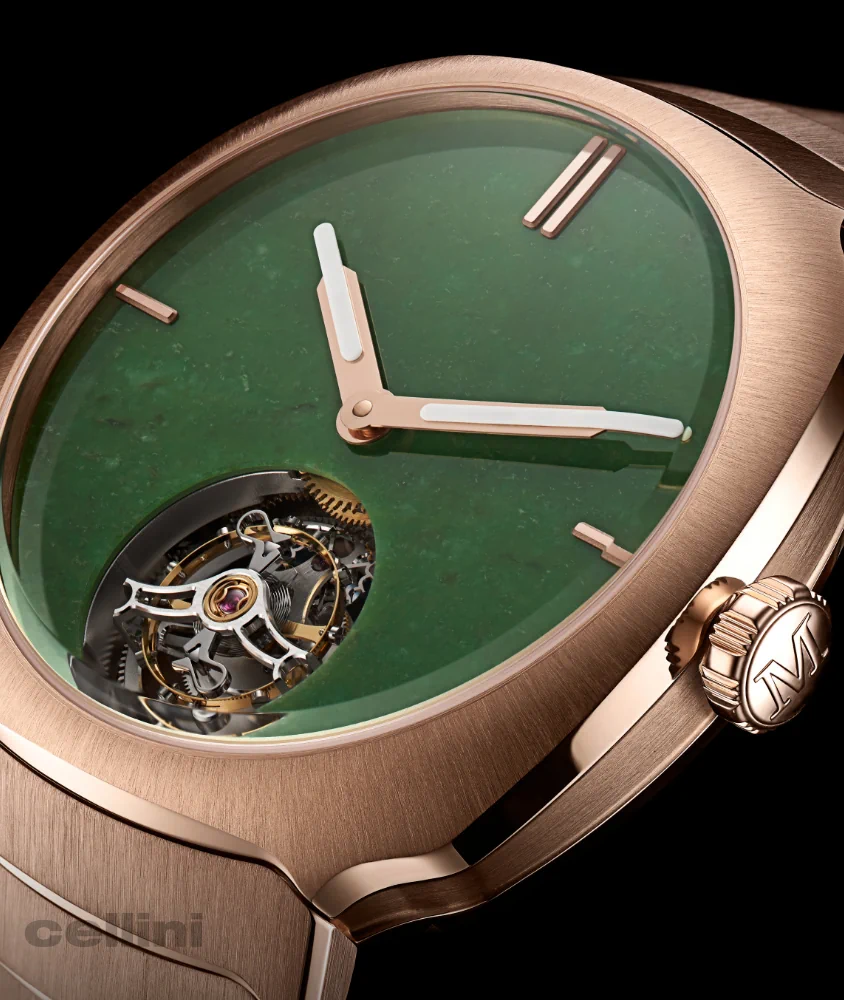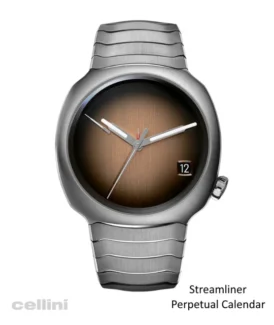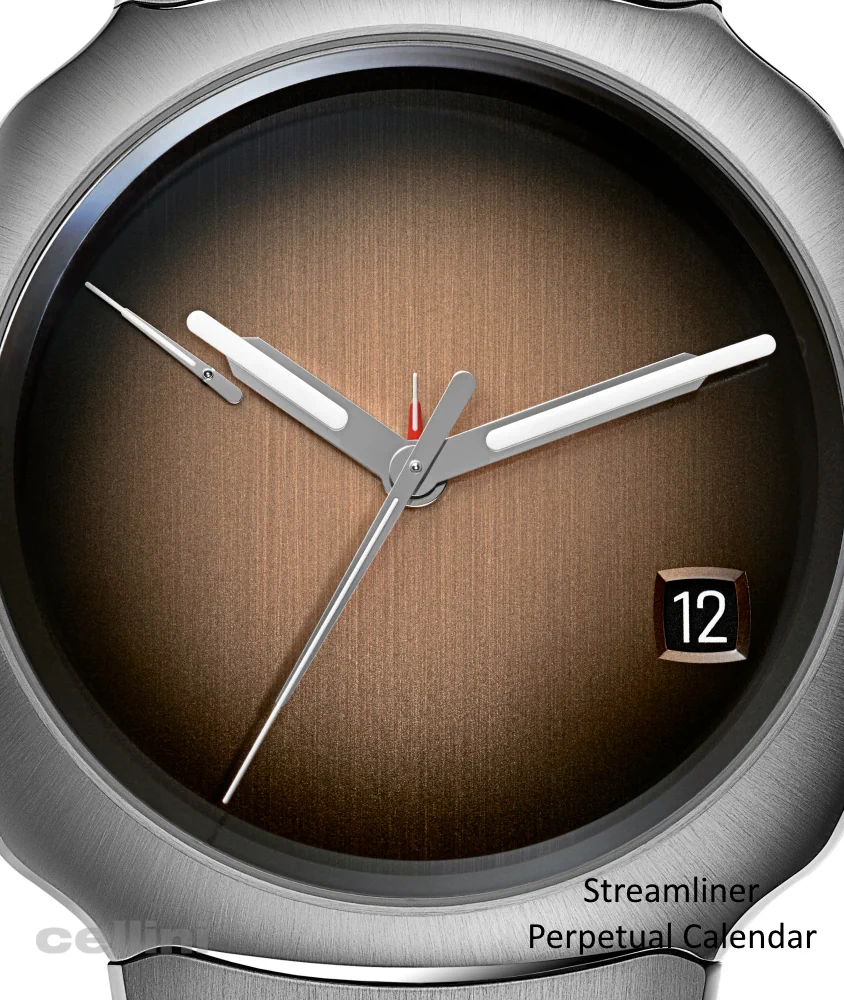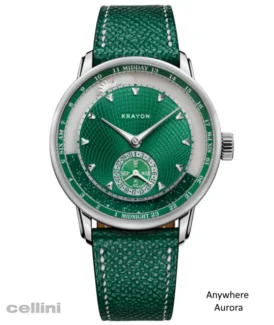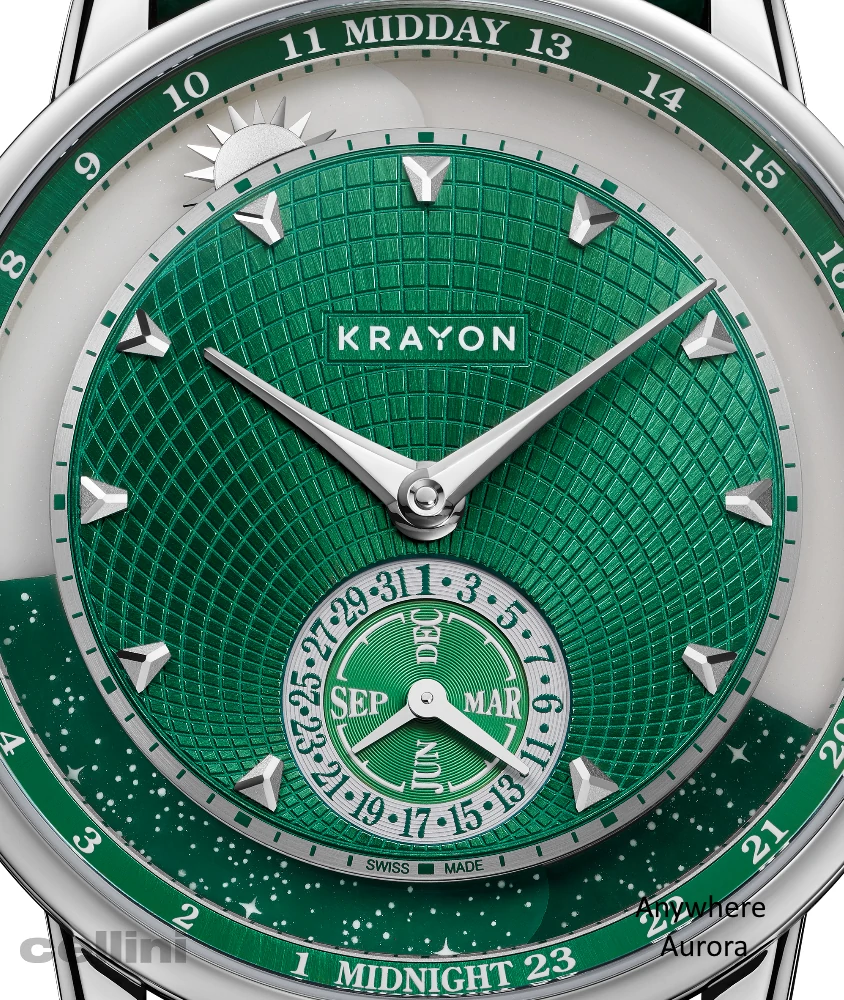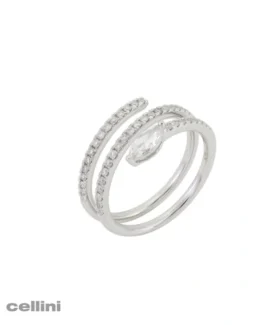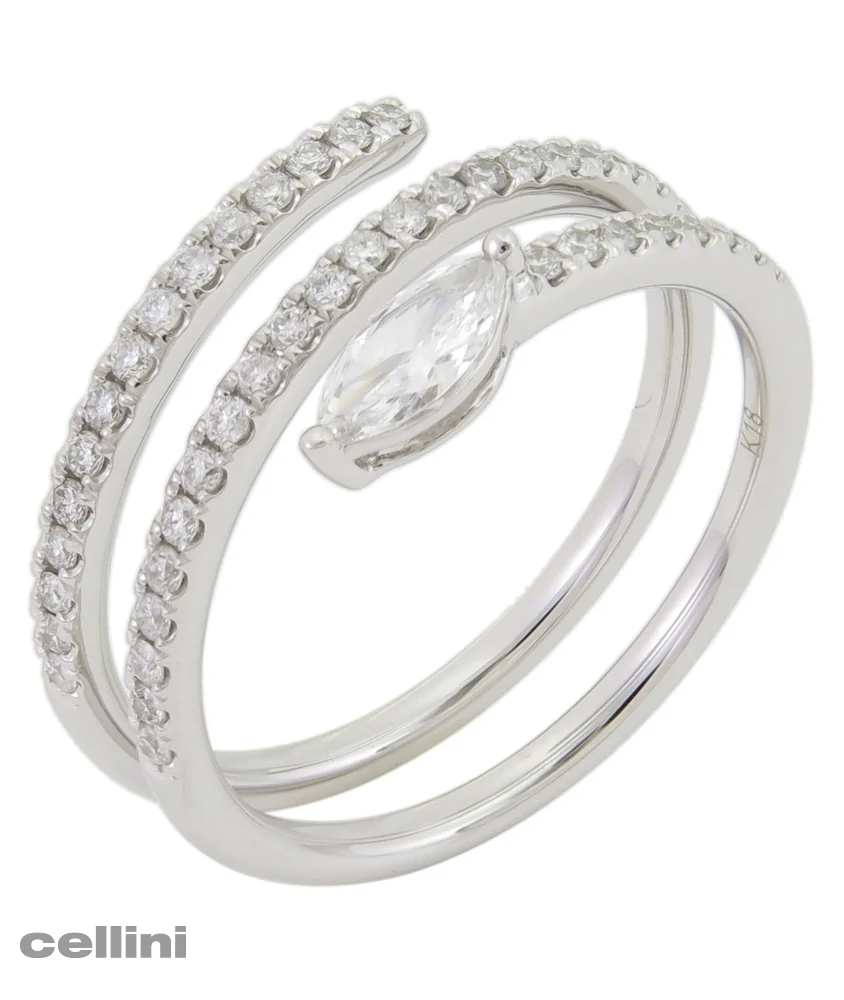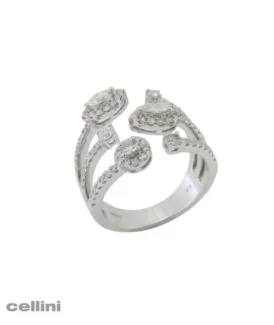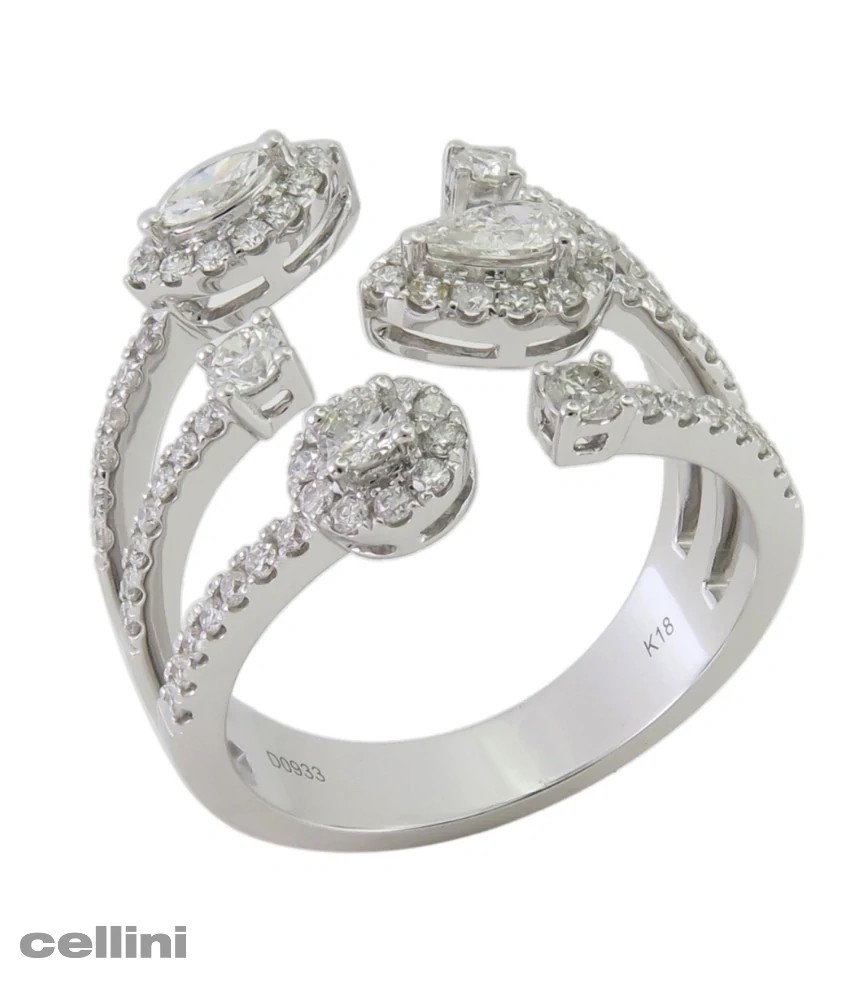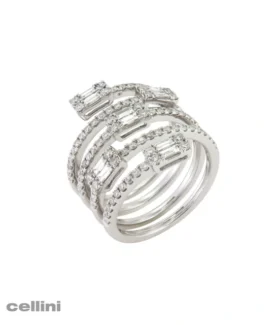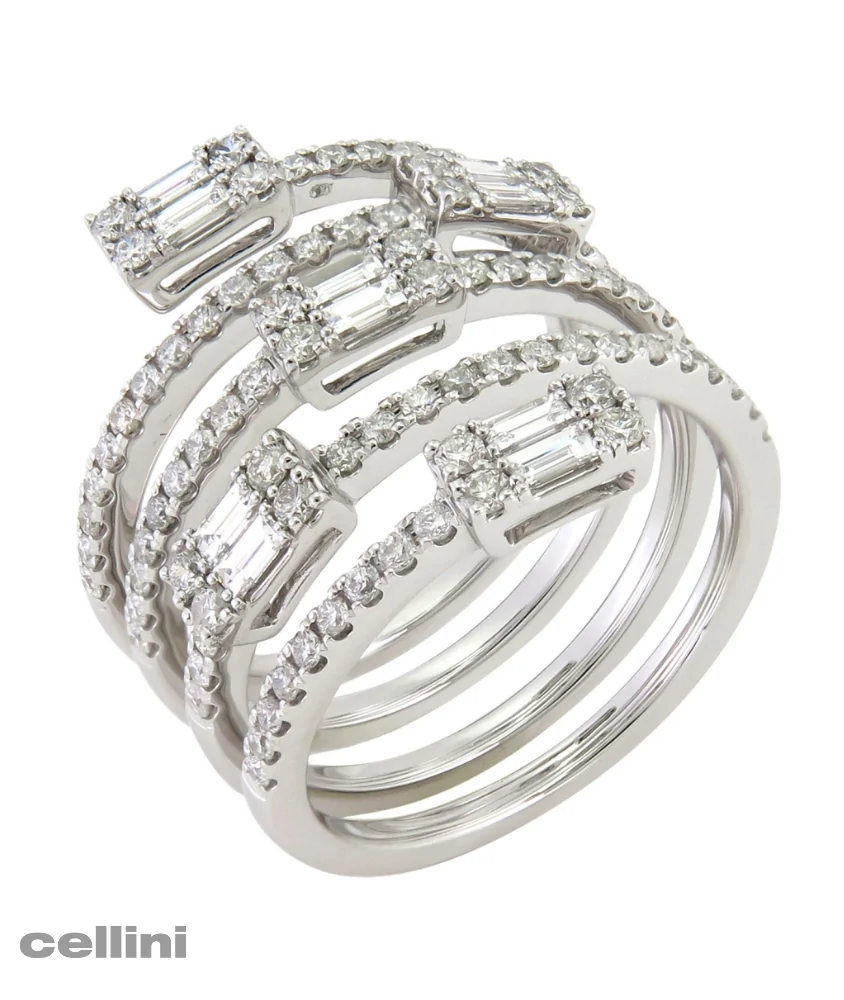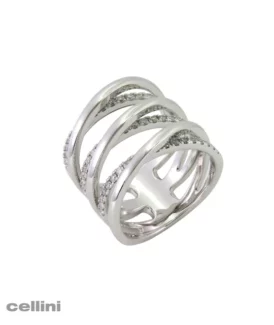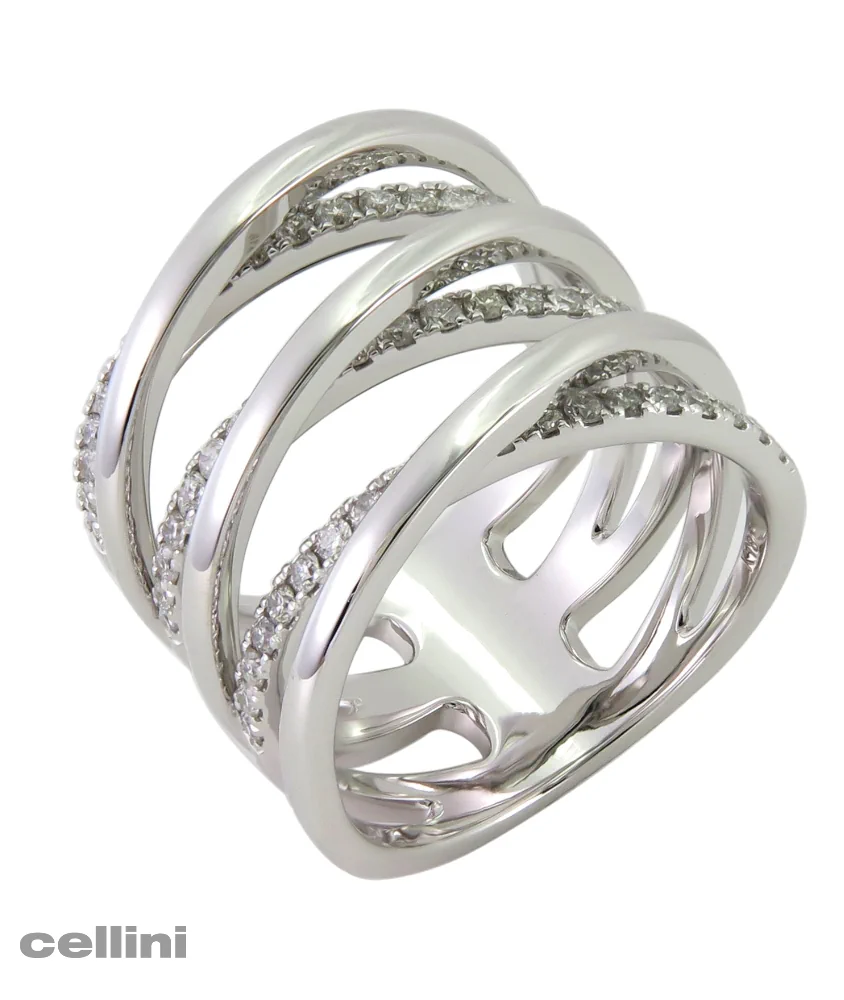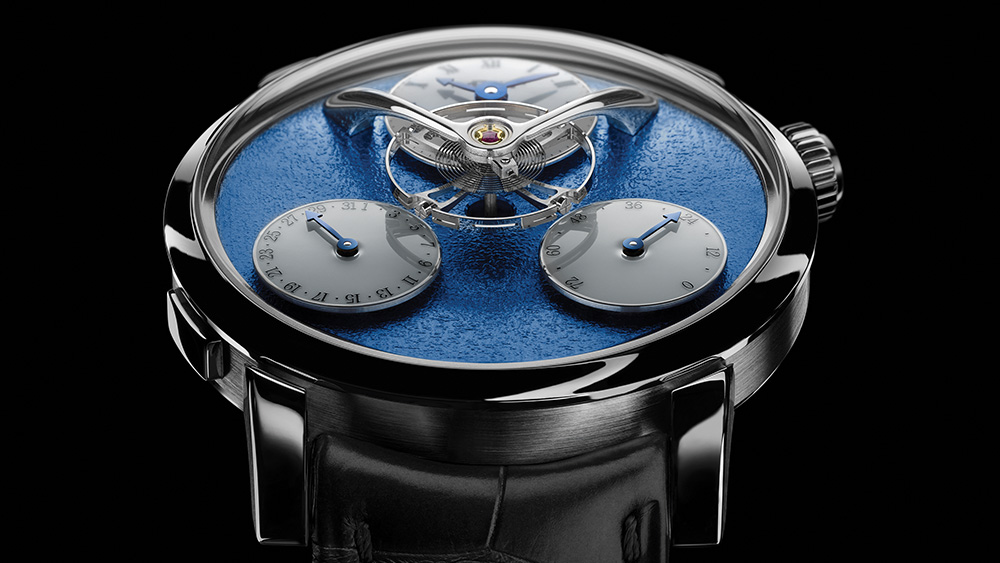
Just Arrived: The LM Split Escapement from MB&F
There is one technical constant that defines every single watch in the MB&F Legacy Machine collection. Functions may vary, and different complications come to the fore in each edition, but the suspended balance wheel remains literally and metaphorically above everything else. In Legacy Machine Split Escapement, this feature is not only highlighted, but raised to another level of achievement.
Just below the highest point of the domed dial crystal, the balance of LM SE beats at a sedate, traditional 2.5Hz/18,000 bph. What is rather less traditional is its construction. Unlike most of the other suspended balances in the Legacy Machine collection — indeed, unlike any other balance outside of MB&F — the balance of LM Split Escapement seems to oscillate on its own, without any visible intake of energy. The essential remaining parts of the escapement, which provide the driving impulse – anchor and escape wheel – are concealed on the opposite side of the movement, almost 12mm below; hence the name “Split Escapement.”
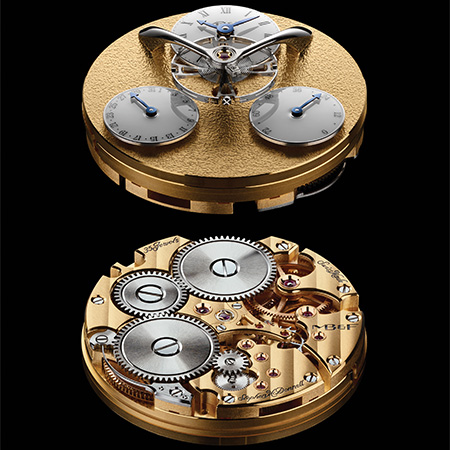
Other design features are natural evolutions of those found in previous Legacy Machines, such as the organically arched balance bridge found in the LM Perpetual. More visibly, LM SE features the micro-textured “frosted” finish that is so closely associated with antique pocket watches of the 18th and 19th century; this traditional technique was presented by MB&F for the first time in the LM 101 “Frost” editions. Since the inspiration of the Legacy Machine collection lies in the era of frosted movements, smooth round watches and glossy white dials, it was only a matter of time before the frosted finish made another appearance at MB&F.
Antique watches featuring a frosted finish used acid baths to achieve this effect, but modern methods of replicating a frosted finish involves manually burnishing a metal surface with a wire brush. LM Split Escapement is a celebration of this technique, which is executed completely by hand for all 72 pieces of the launch editions.
The full beauty of frosting is brought out in Legacy Machine Split Escapement, with four launch editions in white gold. Each edition, limited to 18 pieces, is distinguished by frosting and movement finish of a different shade, which allows LM SE to embody varying aspects of its personality:
- Blue frosted finish paired with rhodium-plated movement for the most classically elegant version
- Ruthenium frosting with similarly darkened movement evoking new-millennial functionality and putting the focus on the white lacquer dials
- Rose gold frosting and movement conveying warmth and accessibility, its subtle roseate sheen emphasizing the intense hue of the blued hands
- Yellow-gold frosting and movement finish: the strongest aesthetic affinity with the era inspiring the Legacy Machine collection, an era that defined the precepts of modern watchmaking
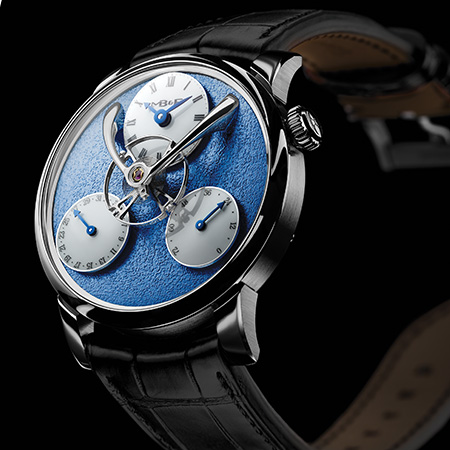
The sensitivity of the balance and the paramount role that it plays in chronometric precision are usually reason enough for watchmakers to avoid straying too far from convention when it comes to escapements. However, the outstanding horological mind of Stephen McDonnell, the watchmaker behind the award-winning Legacy Machine Perpetual, was able to circumvent the real and perceived hindrances to creating a new configuration of mechanical regulator.
Legacy Machine Perpetual was the first MB&F creation to utilize the split escapement in 2015, although the attention then was rightfully focused on the groundbreaking new perpetual calendar. Now, with Legacy Machine Split Escapement, the time for its eponymous feature has arrived.
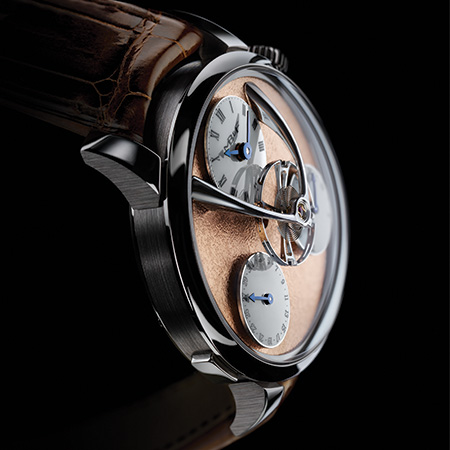
Dial-side, the balance bridge is the third iteration of a component that has been central in all Legacy Machines thus far. In the first Legacy Machines, the bridge was characterized by an industrialist aesthetic, but progressed to a more rounded form with a wedge-like base in Legacy Machine 101 and in the final edition of Legacy Machine No 1. In LM SE, similar to Legacy Machine Perpetual, the bridge assumes an organically arched line from end to end.
TECHNICAL CHALLENGES OF THE SPLIT ESCAPEMENT: In watchmaking parlance, the escapement is the set of components that allows the stored energy of the mainspring to escape in a series of regular controlled impulses instead of unwinding all at once. In its most common configuration, it consists of the balance assembly, anchor and escape wheel, and horological tradition dictates that these components should be as close to each other as possible to minimize external disturbing influences. In this particular area of horology, which is rarely challenged, MB&F is doing a new thing.
Whilst the balance of LM Split Escapement beats just under the dial-side dome of sapphire crystal, its impulse jewel, anchor and escape wheel are on the other side of the movement, visible through the transparent caseback. This necessitates an unusually long balance arbor, which runs through the center of the movement, a true milestone of micro-mechanical and manufacturing technique.
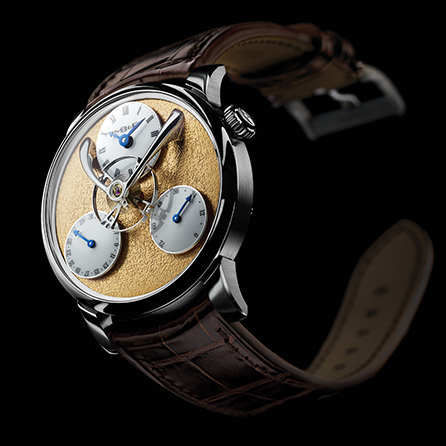
In the Split Escapement, stability of construction becomes exponentially more important than it usually is, which significantly restricts the margin of dimensional error during the manufacturing process. In addressing this, the balance arbor is fitted at both ends with anti-shock jewel bearings, and the bridge that holds the anchor and escape wheel is separately fixed for optimal fine adjustment.
Because a longer balance arbor has a higher mass, which potentially detracts from the amount of energy ultimately transmitted to the oscillator, the LM SE engine is driven by two barrels in parallel, which allows up to 72 hours of optimal timekeeping.
TRADITIONAL FINISH: The burnished surface finish seen under the stretched lacquer dials of Legacy Machine Split Escapement is known as frosting, and is closely associated with watch movements from the 18th and 19th century. It was originally functional as well as decorative, providing an oxidized matte surface that resisted tarnish and gave off a subtle and even sheen, which is prized by antique collectors and enthusiasts.
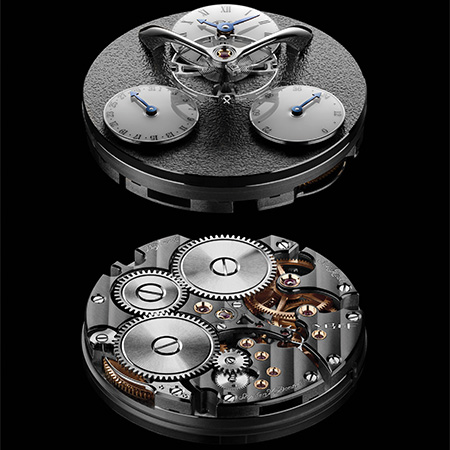
The surface to be frosted is hand-worked with a wire brush, creating minute indentations one small area at a time. Each time, the wire brush must meet the metal surface with exactly the same angle and the same amount of pressure, and the indentations have to be evenly distributed over the entire surface in order to create the desired finish.
For Legacy Machine Split Escapement, a wider, more diffuse frosted finish was used, to accommodate the larger area and to draw attention to the hand-worked process. The surfaces were then PVD treated to color them — blue, ruthenium, rose gold or yellow gold.
THE LEGACY MACHINE COLLECTION: MB&F debuted the Legacy Machine collection in 2011, the result of a radical thought experiment by founder Maximilian Büsser: “What would have happened if I had been born in 1867 instead of 1967? In the early 1900s the first wristwatches appear and I would want to create three-dimensional machines for the wrist. There are no Grendizers, Star Wars or fighter jets for my inspiration, but I do have pocket watches, the Eiffel Tower and Jules Verne. So what might my early 20th-century machines look like? They had to be round (tradition) and three-dimensional (MB&F Machine): Legacy Machines are the answer.”
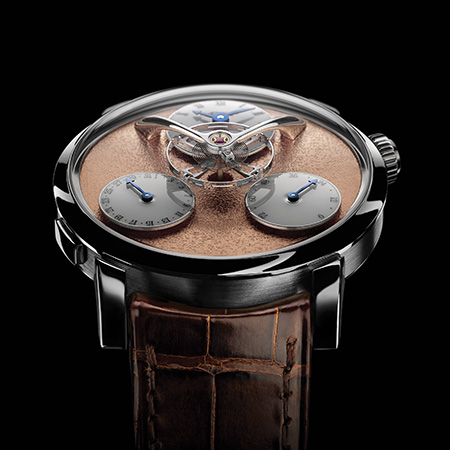
The six years since the double time-display LM1 was released have seen another four distinct series of Legacy Machine emerge, making five in total. Legacy Machine No. 2, with its two regulators, premiered in 2013. Legacy Machine 101, the distillation of the aesthetics of the Legacy Machine collection and MB&F’s first in-house movement, came a year later, and the high-complication Legacy Machine Perpetual arrived in 2015.
The emphasis on technical creativity that characterized LM Perpetual also defines LM Split Escapement, whose engine is derived from LM Perpetual but has shed its complication to reveal the innovation at its heart.

